6 Austrian Ingredients Everyone Should Know About Slideshow
Liptauer Cheese
Liptauer is a soft, spreadable cheese that is full of flavor and light in texture. Made from sheep's milk and spiced with paprika, caraway, capers, and anchovy paste, liptauer shows the cultural influences that the Hungarian border has on Austrian cuisine. This fresh cheese is often served in traditional wine taverns. Locals enjoy this specialty slathered on pumpernickel or soft pretzels, and paired with one of the sweet, white Riesling and Grüner wines produced in the region.
Herring
A light and tasty white fish, herring is often found salted or pickled and chopped into "salad." Don't let the name fool you, in this traditional Austrian salad you'll find more sour cream than lettuce. Heringssalat, as the dish is called, is comprised of herring, apples, pickles, onions, and capers, and is held together with a sour cream dressing. The result is a light and flavorful dish that is rich in flavors of mustard and vinegar —the perfect way to present this native Austrian ingredient.
Horseradish
With its intense and savory spice, horseradish can be a polarizing flavor. If you think this ingredient isn't for you, it may be you haven't experienced it the right way. Horseradish is in the same family as mustard, so it's not surprising that both are used similarly in Austrian cuisine. This grated root is often mixed into sauces or used to complement meat dishes. It is a key flavor component of a traditional dish known as tafelspitz. The favorite dinner of Emperor Franz Josef I, tafelspitz is considered by many to be the national dish of Austria. A tender, boiled beef tip served with applesauce, chive cream, potatoes, and of course, horseradish, this delicacy utilizes so many indigenous ingredients it's about as emblematic of Austria as the country's flag.
Pumpkinseed Oil
This oil is extracted from seeds harvested from pumpkins indigenous to the fields of lower Austria, south of the capital city of Vienna. A classic ingredient, pumpkinseed oil is a regional specialty. Locals serve it drizzled over salads with a touch of balsamic, or use it to top vanilla ice cream for a flavor combination that they swear by.
White Asparagus
While Asparagus is a favorite ingredient in many countries, the Austrians embrace this ingredient as the star of many seasonal dishes. Known as spargel in German, asparagus grows native to Austria and are a favorite ingredient for many regional dishes. They are best enjoyed in season during the spring and early summer months. During this window popularly celebrated as "Spargelzeit" in German-speaking countries, towns are dotted with pop-up stands selling the iconic white spears, and chefs and home cooks alike throw them into classic dishes, wrapping them with cured meats or plating them up beside scrambled eggs and salt boiled potatoes.
Speck
Speck is the German word for ham, but make no mistake, Austrian speck is a class apart from the pink lunchmeat at your local deli counter. Served in paper-thin slices atop bread and cheese, or wrapped around white asparagus, this cured and aged meat adds a delicate saltiness and fullness of flavor to many Austrian dishes.

